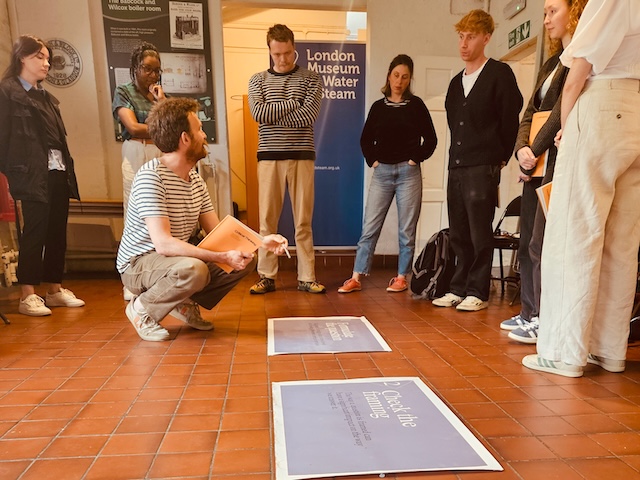This is a post for the cycling decision-makers among you. It may resonate even if you don’t cycle. Variations on the question of whether, if it starts raining when cycling, it is worth stopping to put on your waterproofs.
How late am I running? Have I got time to stop? How heavy is the rain? Will it carry on? How quickly could my clothes dry? Will I get wetter stopping to put them on?
If I do decide to carry on, is it wetter to go quicker or slower?
Do I have all the facts? Do I know all the unknowns? Is this a complicated or a complex problem? Am I able to make a good decision?
Is there an angle I can cycle at in which my rain shadow protects my lower half sufficiently?
Is how I’m framing the question limiting the result? What opportunities am I not considering? If I stop at a random location to put on my waterproofs, what might I notice that I might never have discovered had I ploughed on?
What happened last time? Was it the right decision? What are other people doing? What would my future self advise?
Am I even in the right frame of mind to make this decision? What could I be thinking about instead?
What happens if I get it wrong? How much does it matter to me if I get it right? Am I deluding myself that I’m in control?
[This post was originally published on 28th September 2024 on eiffelover.com]

